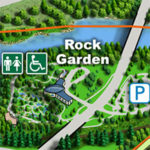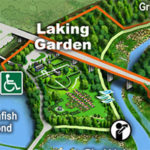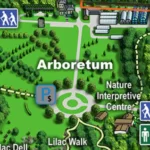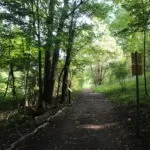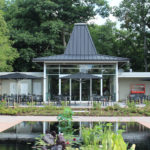| Membership | Price (+HST) |
|---|---|
| Single | $85/year |
| Single Plus | $120/year |
| Family | $130/year |
| Family Plus | $175/year |
| Contributing | $300/year |
| Supporting | $600/year |
| Sustaining | $1,000/year |
| Benefactor's Circle | $2,500/year |
| Director's Circle | $5,000/year |
| President's Circle | $10,000/year |
Herbarium
HAM Herbarium
A herbarium is a collection of dried plant specimens carefully preserved, labelled, and arranged for reference.
Herbaria are invaluable resources for the study of botany, taxonomy and biogeography. They provide insight into plant relationships, history, evolution, distribution and variation, help identify unknown specimens and aid in the production of guidebooks, checklists and identification manuals.
Plans to build a herbarium at Royal Botanical Gardens began in 1947 and came to fruition in 1950. Four years after its opening more than 5,000 plant specimens had been collected. In 1963 the herbarium expanded when McMaster University’s herbarium was transferred to the Gardens.
Today RBG’s Herbarium (known internationally as HAM) houses approximately 60, 000 vascular plant specimens, and is quite unique as it includes both wild and cultivated plants. Over 1,500 genera, from 230 families, are represented within the collection.
Many of the wild plant specimens in RBG’s herbarium collection represent locally, provincially and nationally at-risk species. Specimens of wild and cultivated plants have been collected from RBG’s gardens and nature sanctuaries, and from other gardens and natural areas in Ontario and other Canadian provinces and territories, as well as internationally from the Caribbean, Europe, Australia and Saudi Arabia.
HAM is recognized as a repository for Standard Portfolios and Nomenclatural Standards of cultivated plants, and is the only herbarium recognized in all of Canada known to be actively collecting and maintaining designated nomenclatural standards. HAM holds Standard Portfolios associated with the cultivated plant registry for the genus Syringa.
The specimens in the HAM collection serve as a vital reference for plant and cultivar identification, for studying past and current plant distribution and cultivation, and for teaching. The collection serves and informs RBG’s mandated program areas and is used by staff in the departments of science, horticulture, education and conservation.
HAM Herbarium Digitization Project
In 1999 a database was created to log and keep track of the existing and newly acquired specimens, and all of the data contained on specimen labels. To date, one-third of the specimens have been entered into the HAM database. Searches can be performed to determine the historic geographic extent of the selected species. To compliment this, RBG has recently started digitizing its herbarium specimens.
Digital images of herbarium specimens and/or electronic records of the data contained on specimen labels can never replace the physical herbarium. Botanical and horticultural taxonomists as well as ecologists, educators, and naturalists rely on examining and comparing physical specimens for their research, floristic identification and teaching needs.
Digitizing HAM’s specimens and making the images available to our clients will:
- Make the collection more available and provide faster access to specimens for researchers throughout the world;
- Facilitate floristic and taxonomic studies, including studying changes in the distribution of an endangered plant or the spread and occurrence of an introduced plant;
- Present new opportunities to researchers without funds to travel to the herbarium;
- Contribute toward the preservation of the collection by reducing wear and tear associated with handling and shipping;
- Safe-guard the collection by providing a digital back-up to the physical specimens;
- Raise the value of the collection and provide economic benefits to the institution including increased curatorial efficiency and savings on national and international shipping costs
- Address access and benefits sharing (ABS) concerns
Accessing the Herbarium Collection
The collection is used as an important research tool by external clients and partners including university and college students and researchers, taxonomists, botanists, horticulturists, ecologists, naturalist groups, and the public.
Access to the collection is by appointment only between Monday and Friday, during regular office hours. Specimen loans can be arranged with other herbaria and botanical institutions upon request. Contact the herbarium curator, Natalie Cavallin, 905-527-1158 ext. 238 for details.
Donate your Specimens
The HAM Herbarium is currently accepting donations of high quality vascular plant specimens. If you wish to donate your specimens, contact Natalie Iwanycki, Herbarium Curator, 905-527-1158 ext. 238.
HAM Herbarium Policy and Procedures
After 60 years of operation, the HAM Herbarium policies are procedures are currently being reviewed and updated to reflect current curatorial practices and techniques. Our revised policies and procedures will be available in 2011. Keep checking this site for details. Please contact the curator for further information: 905-527-1158 ext. 238.



